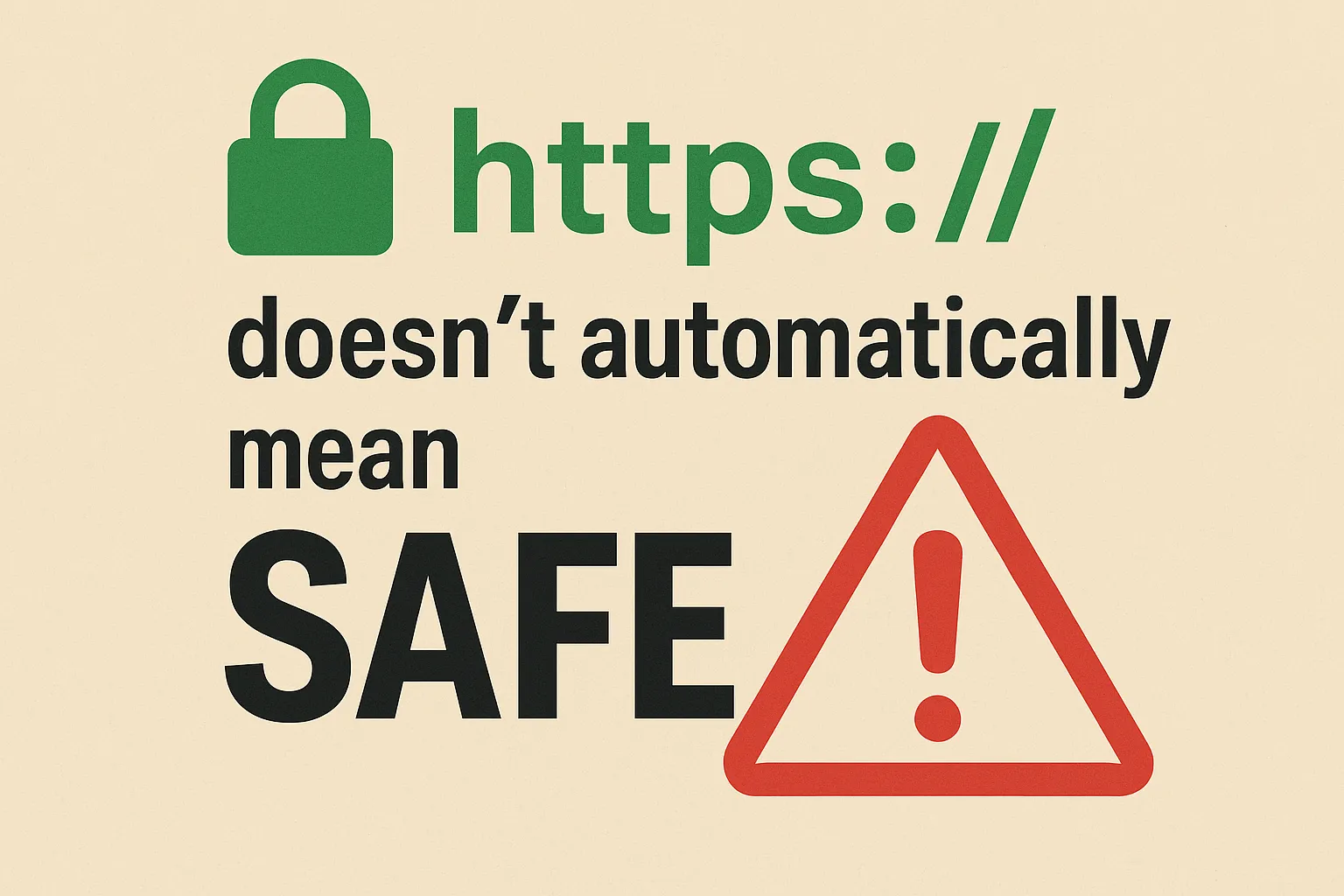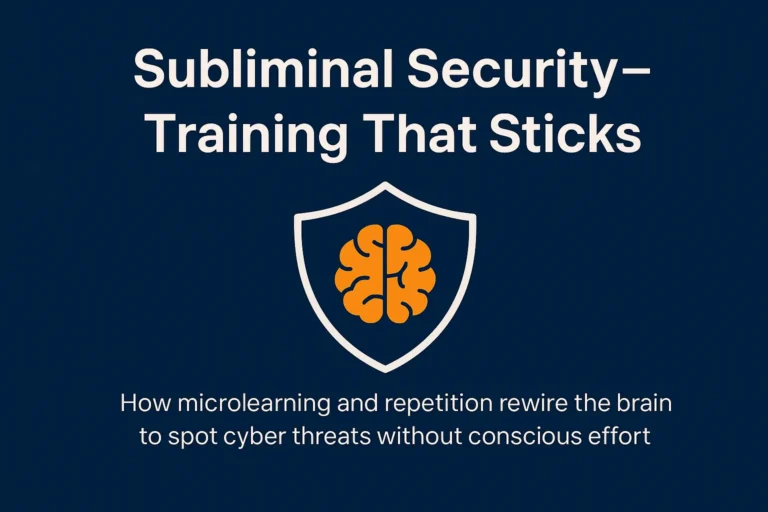Most people see that little padlock in their browser and think, “Ah, I’m safe.” But here’s the thing: HTTPS doesn’t automatically mean you are safe. It’s a bit like locking your front door but leaving the windows wide open.
In this post, we’ll break down why HTTPS isn’t the full story when it comes to online safety, and how Core Team One (CTO) helps businesses stay protected with smart tools like Fortinet Next-Gen Firewalls and good old-fashioned cyber security training.
What HTTPS Actually Does
HTTPS encrypts the data between your device and the website you’re visiting. That’s great — it stops people snooping on your connection. But it doesn’t mean the website itself is trustworthy.
Yes, even phishing sites can use HTTPS. And yes, malware can be delivered over encrypted connections. So while HTTPS is a good start, it’s not the finish line.
Why HTTPS Doesn’t Mean Safe
Here are a few things end users should know:
- Phishing sites love HTTPS: It makes them look legit. Always double-check the domain name.
- Malware can hide in encrypted traffic: Just because it’s locked up doesn’t mean it’s clean.
- The padlock icon is misleading: It means encryption, not trustworthiness.
- Firewalls can struggle with encrypted traffic: Unless they’re built for it (more on that below).
How CTO Helps: Fortinet Next-Gen Firewalls
At CTO, we recommend Fortinet FortiGate Next-Generation Firewalls to our customers. Why? Because they’re brilliant at inspecting HTTPS traffic without breaking things.
FortiGate firewalls can:
- Decrypt and inspect HTTPS traffic for threats
- Respect privacy and compliance (e.g. banking and healthcare traffic can be excluded)
- Handle inspection efficiently thanks to custom-built hardware
This means businesses can stay secure and compliant — no awkward trade-offs.
Cyber Security Training Matters Too
Even with the best tech in place, humans are still the weakest link. That’s why we also deliver Cyber Security Awareness Training to help end users:
- Spot phishing attempts
- Avoid dodgy downloads
- Understand why HTTPS isn’t a free pass
It’s not about turning everyone into IT experts — just giving people the tools to stay safe online.
Final Thoughts
So next time you see that padlock, remember: it’s a good sign, but not a guarantee. HTTPS Doesn’t Mean SAFE. Real security comes from a mix of smart tech, good habits, and a little help from your friendly IT team (that’s us!).
If you’re not sure whether your firewall is up to the job, or you want to give your team a security refresh, get in touch with Core Team One — we’re here to help.



